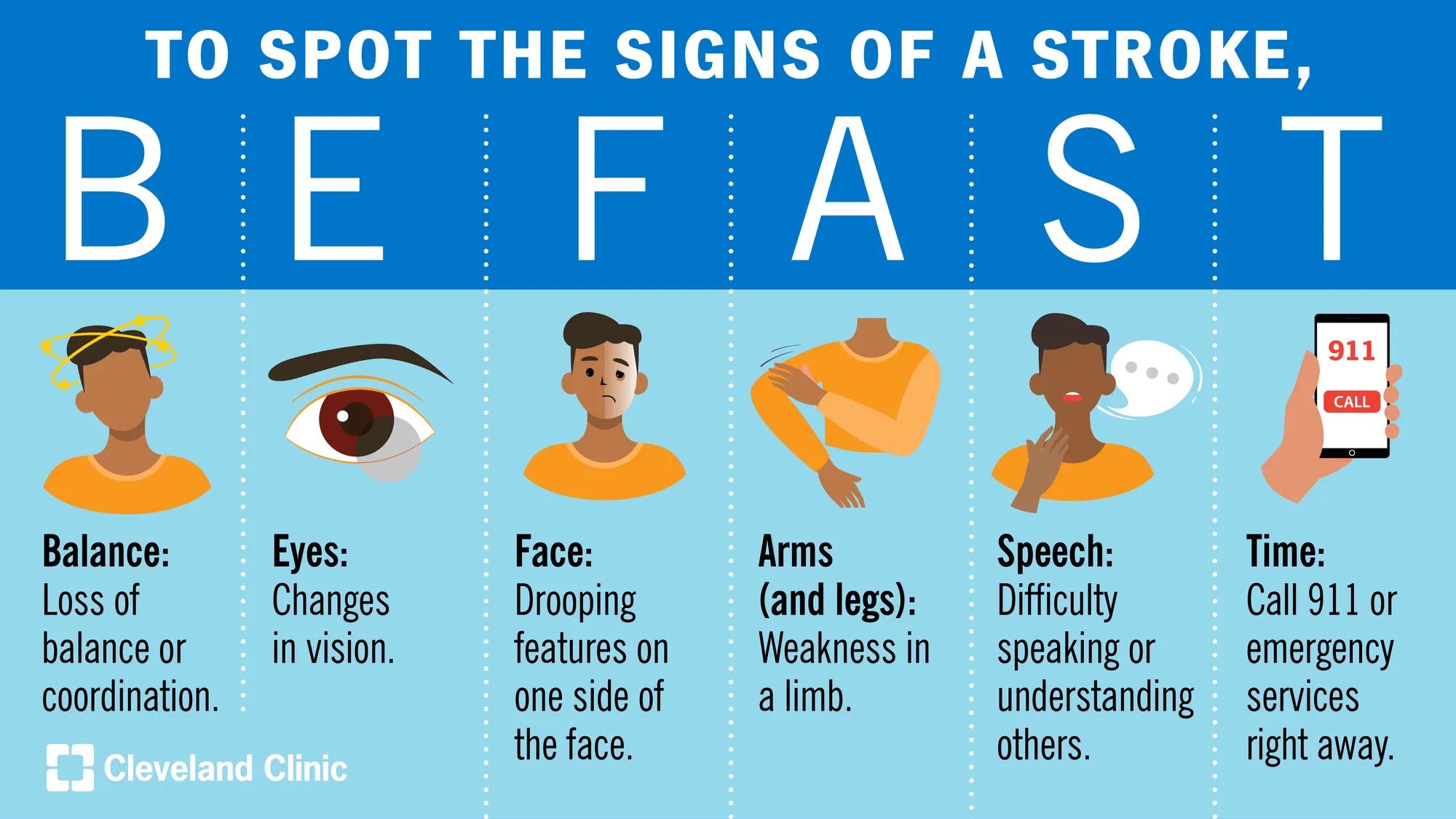Abnormal flexion posturing term
Decorticate
Signs and symptoms of a skull fracture
Raccoon eyes, battle’s sign, amnesia, decreased LOC, headache, ipsilateral pupil dilation, hemiplegia, bruising, bleeding
DAILY DOUBLE
Warning signs of a stroke
Sudden weakness/numbness, trouble with vision, sudden confusion/slurred speech, sudden severe headache, trouble walking/dizziness, loss of balance/coordination, blackouts
Priority problem for a patient with Multiple Sclerosis
Weakness, loss of muscle tone-dysphagia
Name a way a nurse may help a visually impaired client when eating
identify food like an imaginary clock
Abnormal extension posturing term
Decerebrate
Will a lumbar or cervical spinal cord injury have more damage to the patient? Why?
Cervical, phrenic nerves that innervate he diaphragm originate in c3-c5, major role in control of breathing
Imaging to determine the type of CVA
CT scan
Priority problem for a patient with Parkinson’s
Loss of ability to swallow, difficulty initiating movement
What is an aura and what can you anticipate if you experience it?
A headache or seizure
How would you test cranial nerve 1?
Olfactory
Have patient correctly identify 2 smells with their eyes closed.
What is Cushing’s triad? When will you see this?
Bradycardia, irregular respirations, widened pulse pressure- indicative of increased ICP
Hemorrhagic Stroke Nursing Management
No TPA
Excise aneurysm
Airway
Perfusion
Priority problem for a patient with Myasthenia Gravis
Maintaining airway
signs of ototoxicity
ringing in the ears, subtle changes in hearing ability, and difficulty in hearing
How do you test cranial nerve 11?
Accessory
Have patient shrug shoulders and turn head side to side
Signs & symptoms of Increased ICP
Early Signs & Symptoms of Increased ICP: Decreased LOC, Purposeless movements, Increased respiratory effort, Pupillary changes, Weakness, N/V, Seizures, Headache
Late Signs & Symptoms of ICP: Decreased LOC--COMA, Decreased respiratory & pulse, Increased BP & temp, Abnormal respiratory pattern
Ischemic Stroke Nursing Management
TPA if within 4 hour window, no anticoagulants
Embolectomy, thrombectomy, carotid endarterectomy
Airway
Fluids/permissible HTN
Postop care
A nurse is performing an assessment on a client who is suspected of having MG. The complaint made by the client that reflects a manifestation commonly seen in clients with this disease is
a. By the end of the day, my eyelids usually are drooping.
b. I have a great deal of difficulty getting up after I rest for a while.
c. I perspire more then I ever have in the past.
d. When I have a cold, I usually have a strong cough with it.
A ~ The primary feature of MG is increasing weakness with sustained muscle contraction. After a period of rest the muscles regain their strength. Muscle weakness is greatest after exertion or at the end of the day. Ocular manifestations are most common, with ptosis or diplopia occurring in a majority of clients.
inner ear disorders place client at risk for what?
falls
A patient who is having difficulty swallowing is experiencing issues with which cranial nerve?
Glossopharyngeal - responsible for swallowing and taste
Signs & symptoms of autonomic dysreflexia
Anxiety, lightheaded/dizzy, nasal stuffiness, headache, sweating, HIGH BP
Actions to take when a patient is having a seizure
1. maintain airway
2.pad side rails
3.avoid stimulation post-ictal
4. observe for incontinence
Nursing interventions to support the family caring for a client with Alzheimer's disease include (SATA)
a. encouraging emotion-focused coping mechanisms.
b. helping the family identify safety concerns and modifying the home.
c. showing the family how to deal with behavioral problems.
d. teaching the family alternative communication techniques.
B, C, D ~ Research has shown that interventions that focus on communication techniques, behavioral strategies, and environmental modifications improved the quality of life of the caregivers. Emotion-based coping styles are associated with grieving, worrying, and self-accusation and are not as effective as problem-based coping styles.
Danger signals of glaucoma
glasses do not clarify vision, blurred or hazy vision, seeing rainbow colored rings around lights , narrowing of vision at the sides of eyes, trouble getting used to dark rooms
